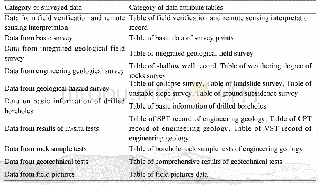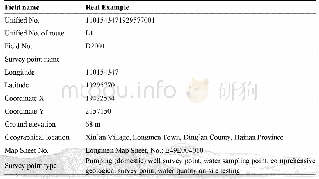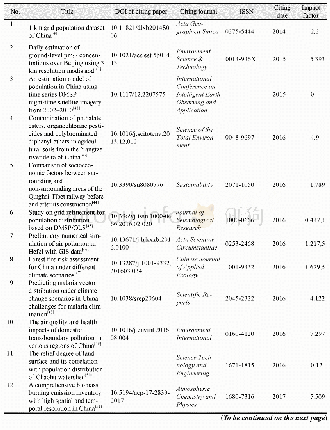《Table 3 Data files of the dataset》
 提示:宽带有限、当前游客访问压缩模式
提示:宽带有限、当前游客访问压缩模式
本系列图表出处文件名:随高清版一同展现
《中亚五国未来棉花和冬小麦作物需水量模拟预测数据集(2020-2100)》
The future change trends of water requirements of cotton and winter wheat in 2020–2100were analyzed using the Mann-Kendall test.The slope of change trends at the 0.05 level is shown in Figure 6.Under the RCP2.6 scenario,the water requirement of cotton displayed a significant downward trend in mid-eastern and northeastern Kazakhstan,and in eastern Turkmenistan.There was insignificant change in cotton water requirement in other regions.Under the RCP4.5 scenario,the water requirement of cotton increased in the entire Central Asia,especially in Tajikistan.Besides,under the RCP2.6 scenario,the water requirement of winter wheat showed a significant downward trend in northeastern Kazakhstan,while it had no obvious trend in other regions.Under the RCP4.5 scenario,except a few regions in eastern,southeastern and northern Central Asia,the water requirement of winter wheat almost increased in the entire Central Asia.This increase was more pronounced in the south of Central Asia.It can be seen that the change trends of water requirements of cotton and winter wheat under the RCP2.6 and RCP4.5 scenarios have great differences,which is mainly due to the differences in the two climate change scenarios.RCP2.6 is a scenario where the radiative forcing first rises to 3.1 W·m-2 by the middle of the 21st century and then gradually declines,and reaches 2.6 W·m-2 by 2100.RCP4.5 is a scenario where the radiative forcing gradually rises and reaches 4.5 W·m-2 by 2100.Therefore,the change trends of meteorological elements vary with time under the two scenarios,leading to different change trends of crop water requirement.
| 图表编号 | XD00206975000 严禁用于非法目的 |
|---|---|
| 绘制时间 | 2020.06.25 |
| 作者 | 田静 |
| 绘制单位 | 中国科学院地理科学与资源研究所陆地水循环及地表过程重点实验室 |
| 更多格式 | 高清、无水印(增值服务) |





